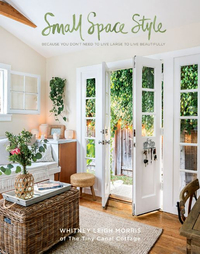What colors make a small living room look bigger? 7 space-stretching tricks
A small living room can look bigger than it is. These are the colors the experts use to pull off this neat trick
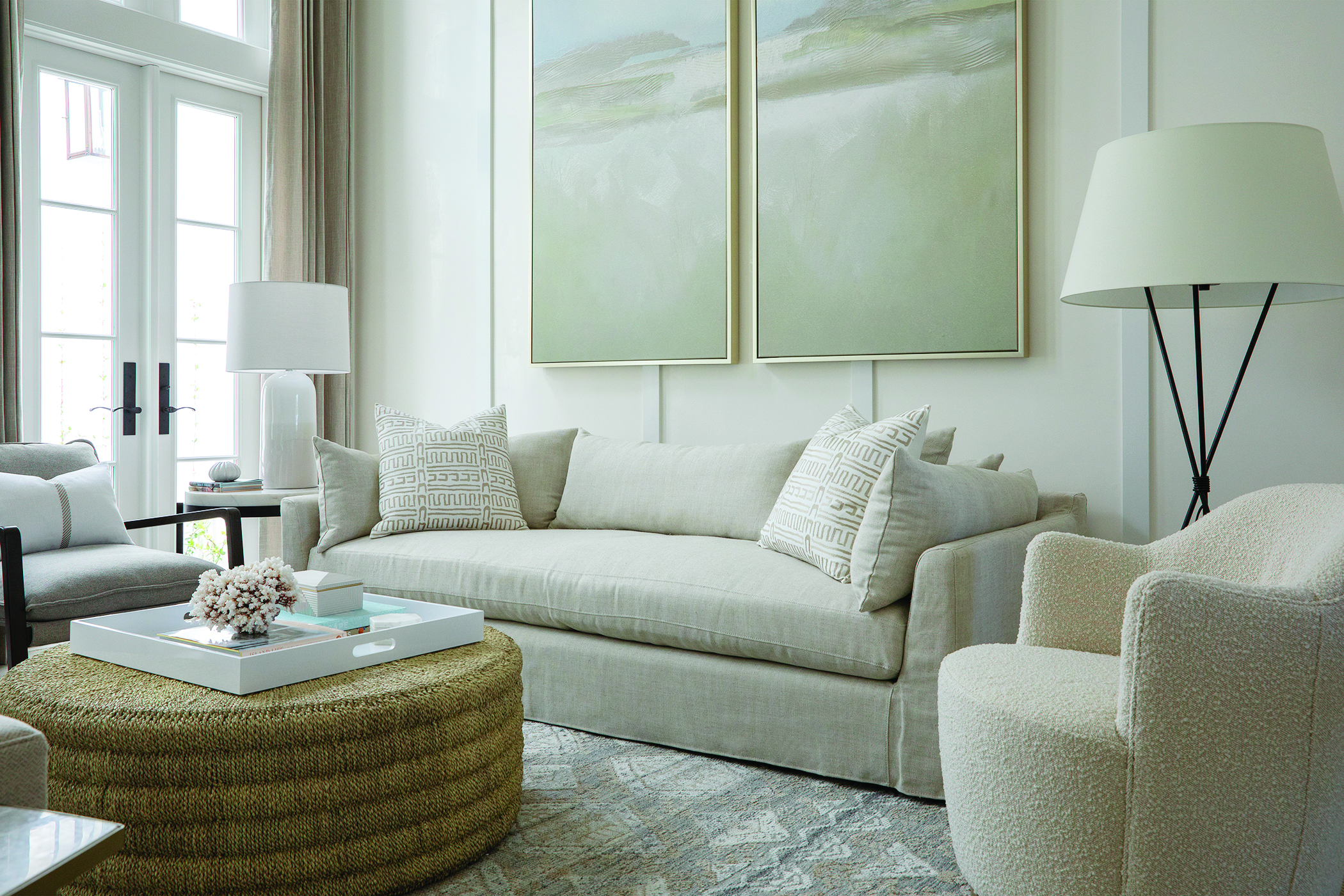

The shades chosen for any room have several powers. And one of those powers can be to visually stretch a compact space. Some colors can make a small living room look bigger.
Of course, there are a whole host of living room color schemes to make a small living room look bigger, but it’s certainly worth knowing how color can perform this clever trick so it’s part of your decorating know-how.
Here, we’ve asked interior design experts to share advice on choosing and using colors that make a small living room look bigger so yours will feel expansive even though its square footage is modest.
What colors make a small living room look bigger?
It’s well worth focusing on the shades you select to create the illusion that your living space is larger than it really is. What’s more, there may well be more choices of colors than you might suppose, and a few living room color mistakes you'll want to avoid.
Follow the advice from interior designers on what colors make a small living room look bigger, how to use them so your space can defy its compact proportions, and how to avoid making small living room mistakes.
1. Make it airy with white
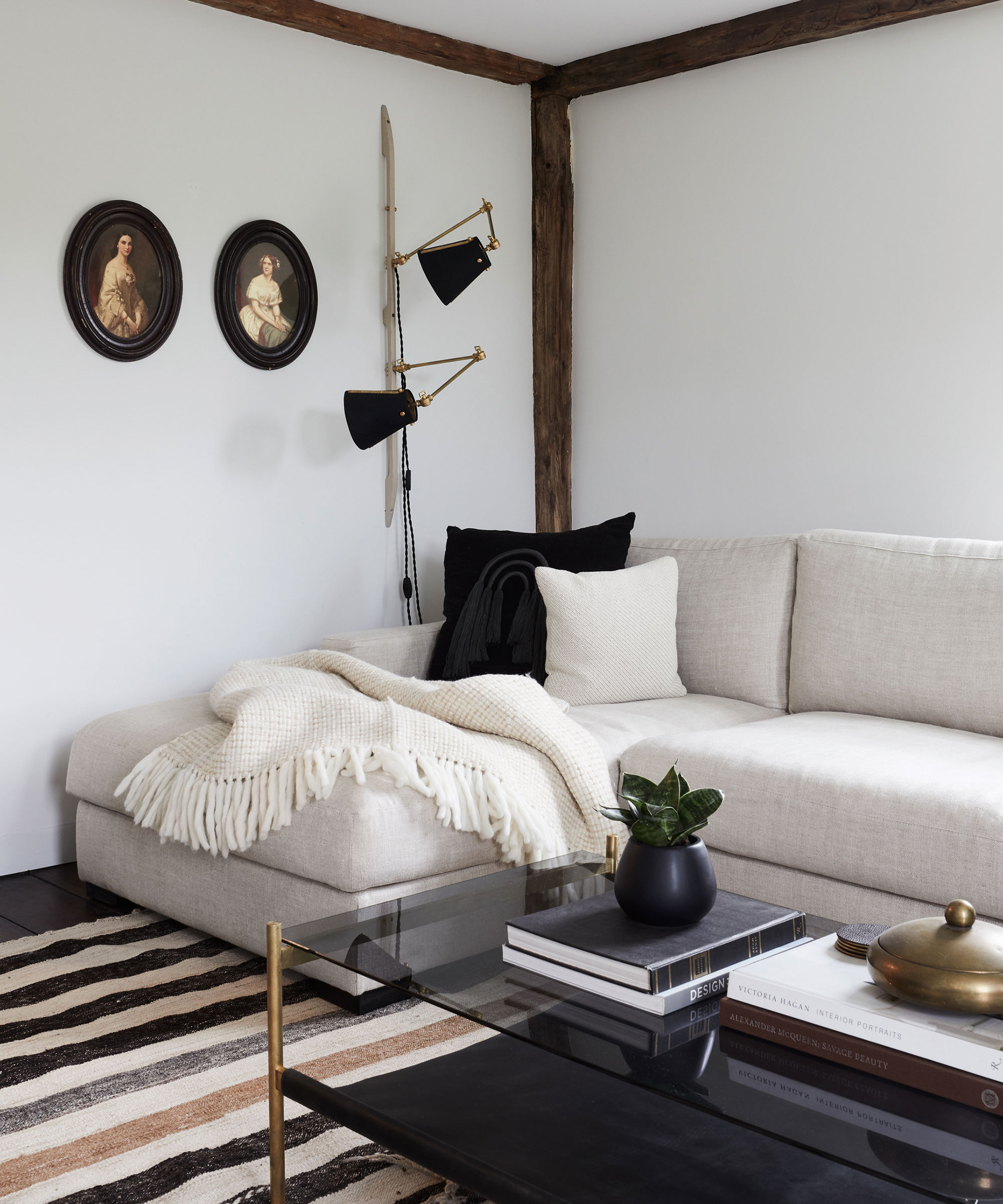
This is probably the first color that comes to mind as part of your small living room design but, for success, use it wisely, advises interior designer Artem Kropovinsky of Arsight.
‘White is the classic color for making a space look bigger because it reflects light and creates a blank canvas that you can decorate with other colors,’ he says. ‘However, white can also look boring or sterile if used alone. You can add some interest and warmth to your white walls by choosing a shade that has some undertones of yellow, pink, or gray.
‘You can also add some texture or pattern to your white walls with molding, trim, or wallpaper,’ he adds.
2. Focus on light colors

White isn’t the only option when it comes to space-stretching pale shades, of course. ‘Light colors make a small living room feel bigger,’ says interior designer Aileen Warren of Houston-based Jackson Warren Interiors.
‘In a living room, there are more furniture pieces, so light and airy colors work best to let the items breathe.’
3. Add energy with brighter hues
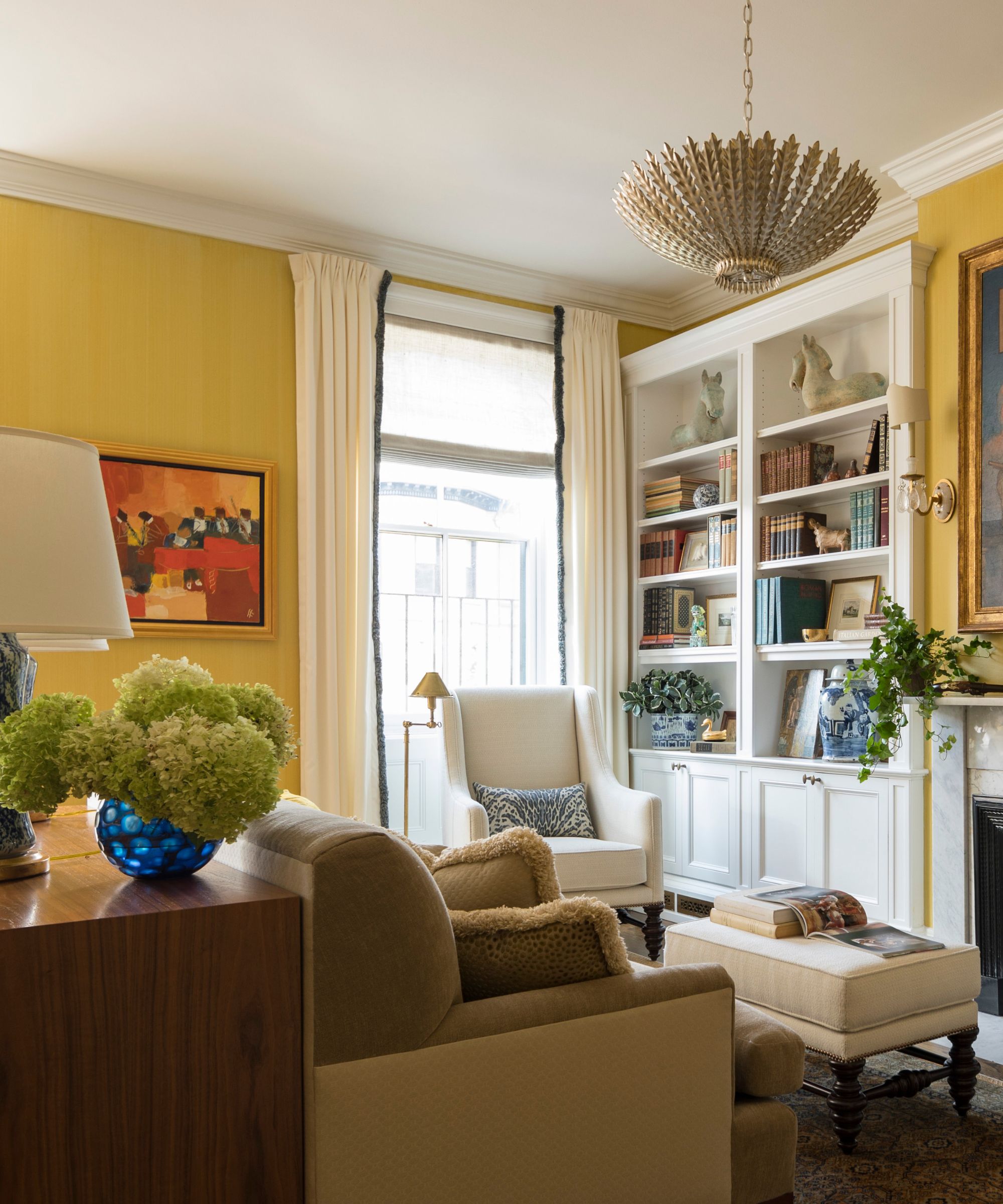
Brighter hues that reflect the light can be used to make a small living room look bigger but, once again, how you employ them is crucial to success.
‘Colors such as yellows, oranges, sky blues and greens reflect more light and make your space feel brighter and more cheerful,’ says Artem Kropovinsky. ‘They can also energize and uplift your mood. You can use bright colors on your walls, furniture (like small living room couches) or accessories, but don’t overdo it. Balance them with some white or light neutrals to avoid overwhelming your space.’
4. Work with dark colors in north-facing rooms
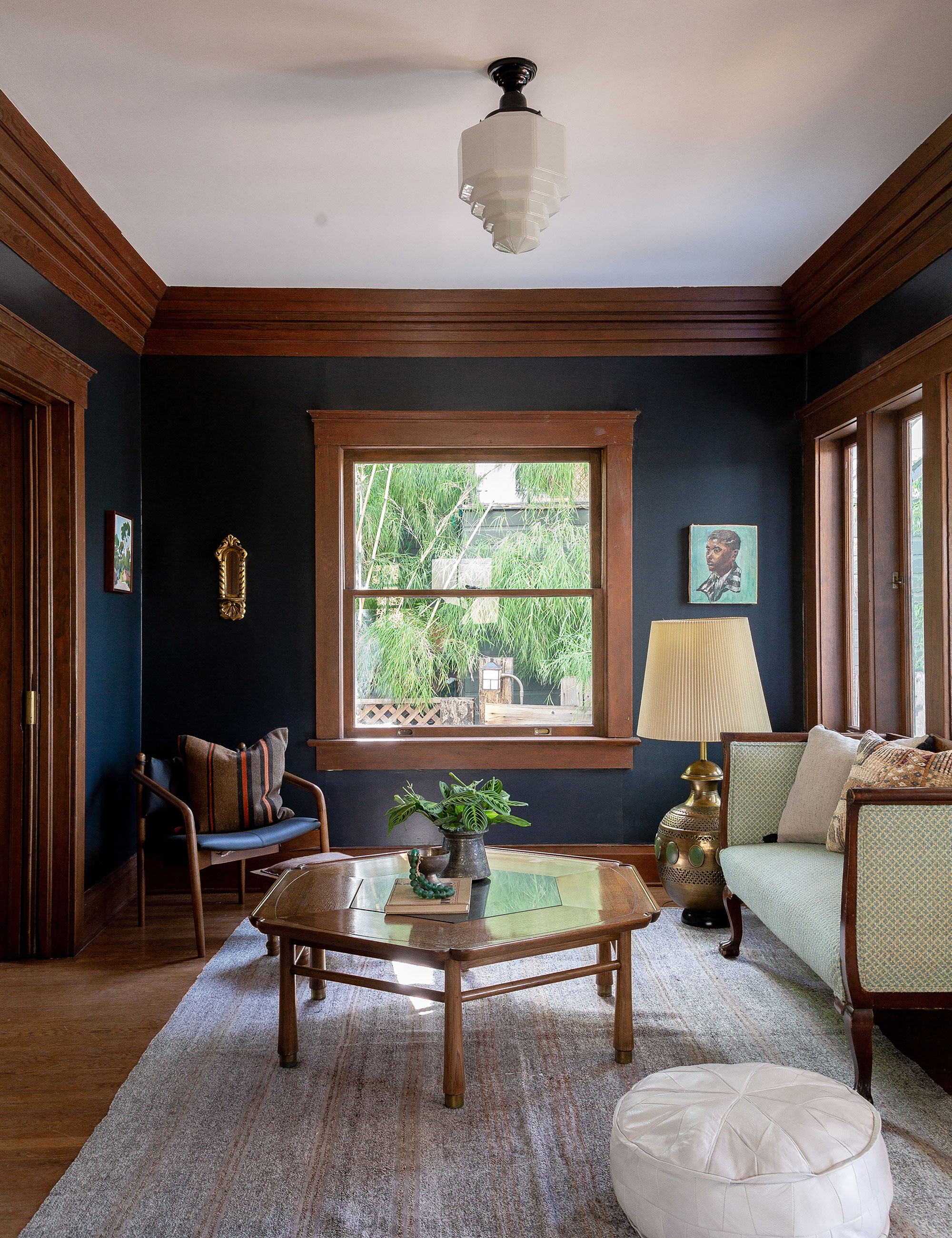
Counterintuitively, dark living room colors can sometimes be the right choice to make a small living room look bigger. What you need to bear in mind is what sort of light the room receives, advises Peter Spalding, interior designer, co-founder and chief creative officer at Daniel House Club.
‘Rooms that face north are never going to get direct light and will never feel really lighthearted,’ says Peter. ‘Don’t try to change that. These are the rooms that demand heavily saturated color to make an impact and feel inviting. Beautiful ochers, umbers, greens, blacks, and reds go in these places. These rooms will feel biggest and best if their baseboards, walls, crowns, and window and door casings are painted a single rich hue.’
5. Use dark colors strategically
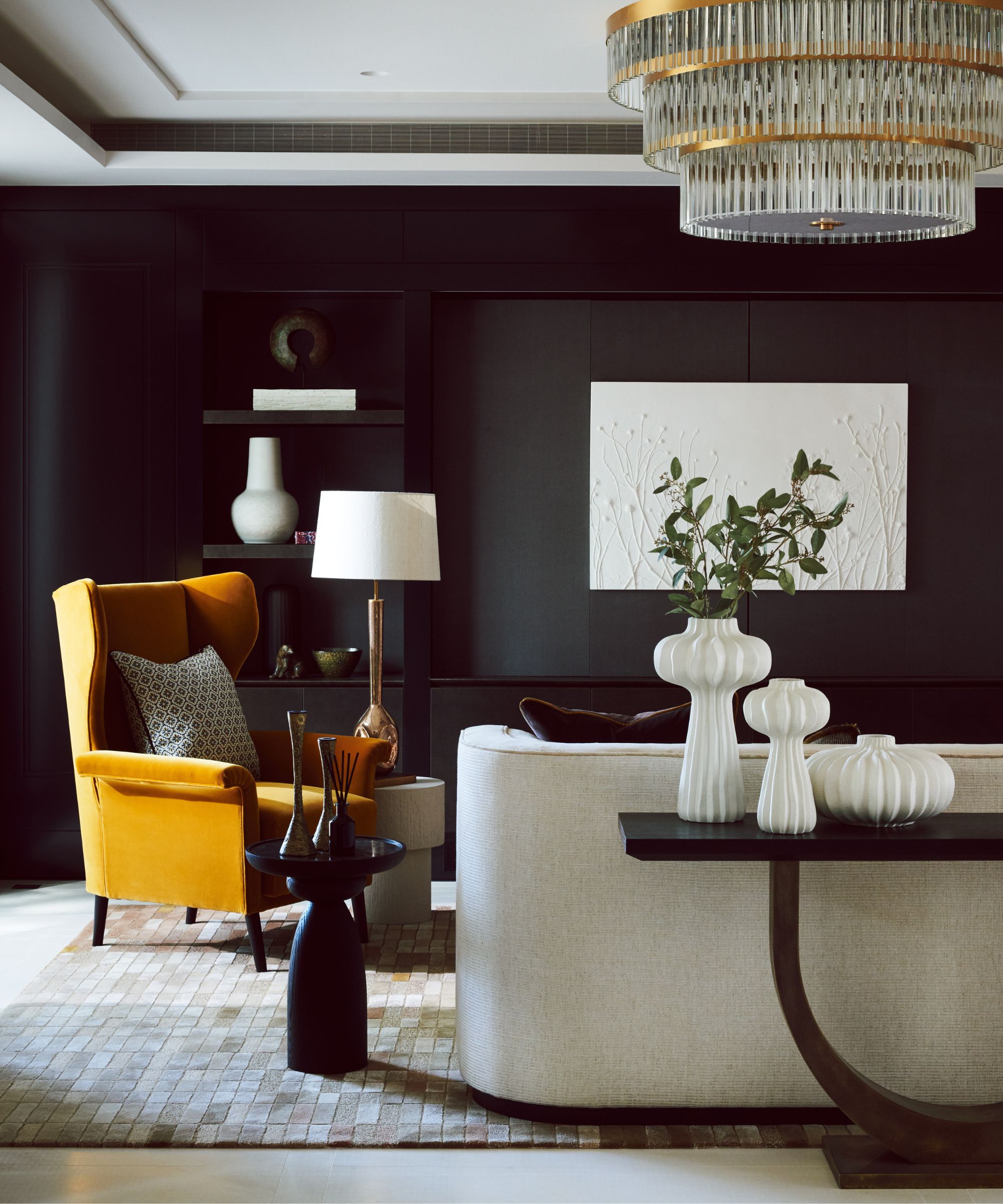
Here’s an alternative way to use the best dark colors for small rooms to create the appearance of a larger room if they’re a favorite. ‘Dark colors, such as charcoal gray, navy blue, forest green or black, can make your space look bigger if used wisely,’ says Artem Kropovinsky.
‘They can create contrast and depth that make your walls recede and your ceiling appears higher. You can use dark colors on an accent wall, a ceiling, or a floor to create this effect.’
6. Think soft shades
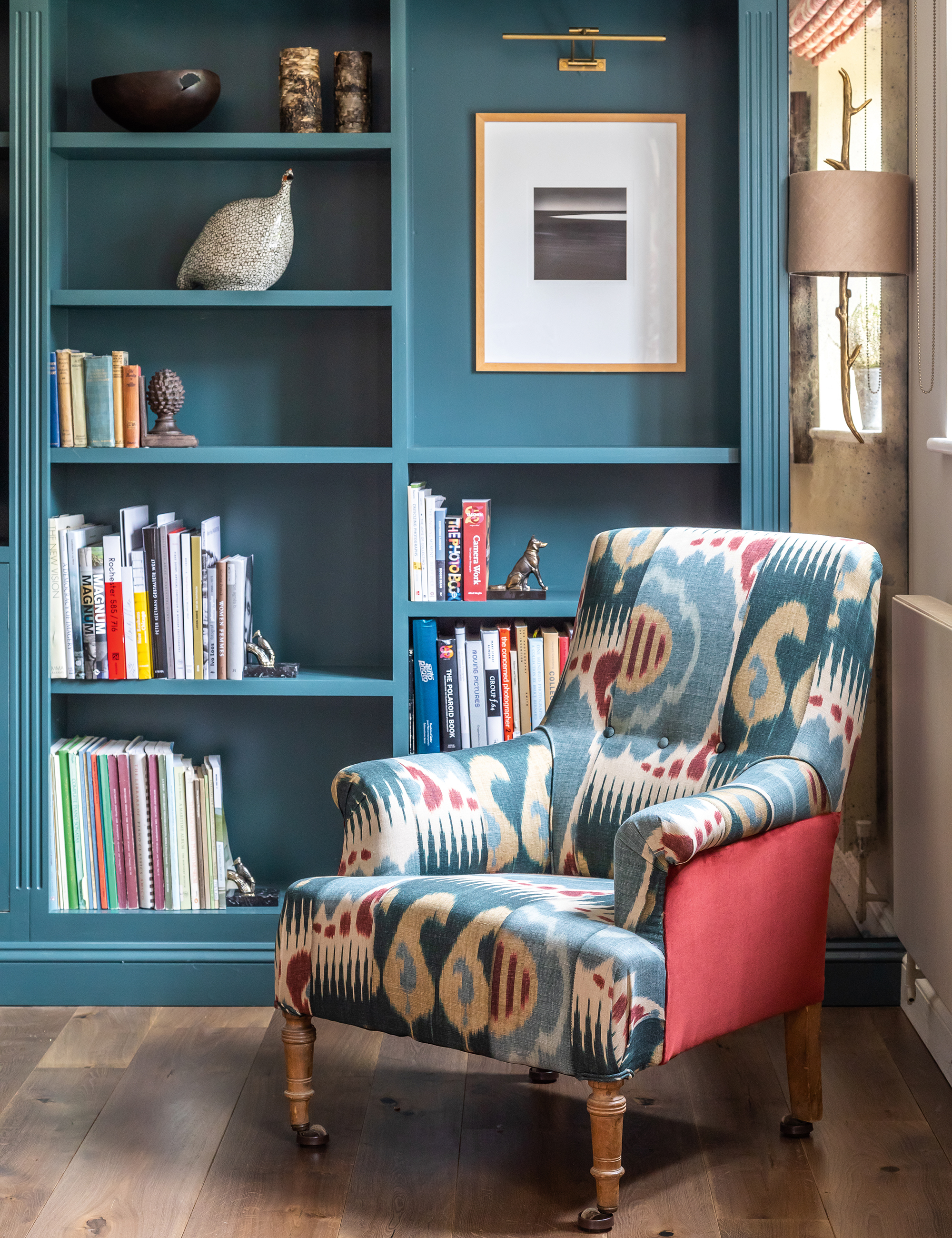
To visually expand the space when the living room receives plenty of natural light? ‘If the room is small, but bathed in bright light, I think softer colors are very nice: celadon, off-white, mocha, robin’s egg blue,’ says Peter Spalding.
‘Paint the ceiling the same and look for ways to draw your eyes to the fullness of the space. Maybe your curtains or shade are a stronger tone of the same hue and are mounted to right at the ceiling and cascade to the floor. Maybe you find an over-scaled light fixture to hang from the ceiling as part of small living room lighting ideas. Little rooms, whether light-bathed or dark, need a little drama to compete.’
7. Opt for a complementary color scheme
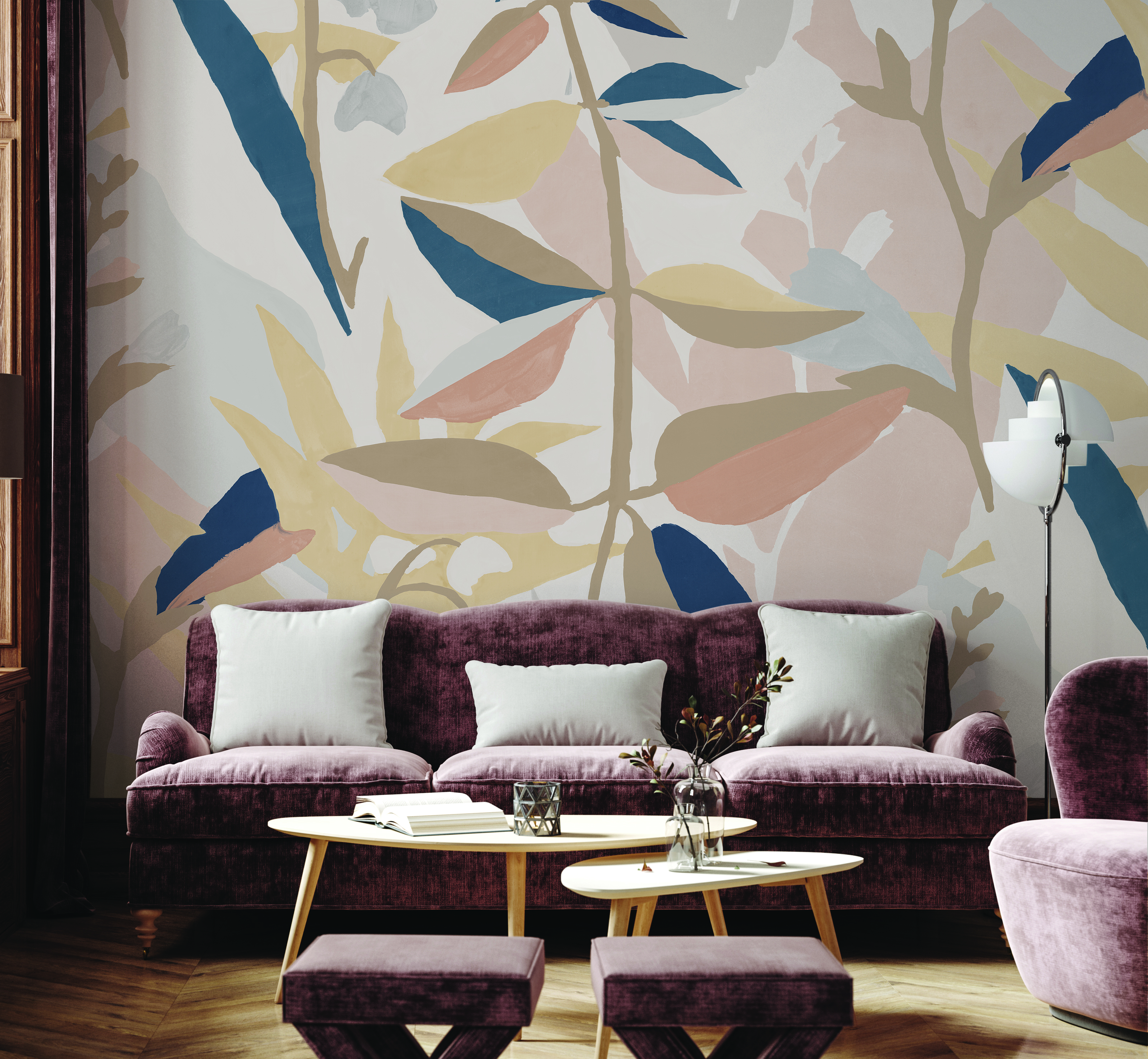
If you use the color wheel to create a simple complementary color scheme, you can make a small living room look larger, says Jennifer Matthews, co-founder and CCO at Tempaper & Co. ‘Light and airy colors coordinate beautifully and leave a small room feeling more spacious,’ she says.
‘You can also experiment with patterns of different scales to create a sense of balance. For example, if you opt for wallpaper with a small, detailed print, you can balance out the room by integrating a rug with a larger, more simplified pattern.’
Our favorite small rooms book
Small Space Style: Because You Don't Need to Live Large to Live Beautifully, from $7.99 at Amazon
Interior design maven Whitney Leigh Morris makes living in under 400 square feet look elegant and effortless. In her book, Whitney shares more than 200 ideas and practices for making any tiny space efficient and stylish.
Chapters center around living, sleeping, eating, and bathing, featuring real-life examples from Whitney’s own delightful and sophisticated cottage in Venice Beach, California, as well as home tours of some of her favorite tiny houses, micro apartments, and beautiful, efficient small spaces.
FAQs
What color makes a living room look bigger?
A range of colors can make a living room look bigger. White as well as other light colors will reflect the light to make the space brighter and airier, and these hues recede from the eye and make the walls seem further away.
However, don’t rule out more colorful interiors. Think soft takes on blue or green, or warm colors like yellow and orange.
And what may surprise you is that dark colors can be sound choices. Try them in north-facing rooms which have limited natural light to reflect from light colors. Here, a dark color can make the space feel bigger and grander. And darks can alternatively be used for one element of the room to create contrast, working to make the room feel bigger.
Does gray make a room look bigger?
Gray can make a room look bigger. A light gray can be a great pick in place of white; it will reflect natural light, but it looks less architectural and cool than white, which you might prefer.
A darker gray can also be used to create depth within a room – think of it for a feature wall. It could also be employed to correct the proportions of a room. A long living room can look wider with dark gray for the end walls and a lighter shade for the other two walls.
Sign up to the Homes & Gardens newsletter
Design expertise in your inbox – from inspiring decorating ideas and beautiful celebrity homes to practical gardening advice and shopping round-ups.

Sarah is a freelance journalist and editor. Previously executive editor of Ideal Home, she’s specialized in interiors, property and gardens for over 20 years, and covers interior design, house design, gardens, and cleaning and organizing a home for Homes & Gardens. She’s written for websites, including Houzz, Channel 4’s flagship website, 4Homes, and Future’s T3; national newspapers, including The Guardian; and magazines including Future’s Country Homes & Interiors, Homebuilding & Renovating, Period Living, and Style at Home, as well as House Beautiful, Good Homes, Grand Designs, Homes & Antiques, LandLove and The English Home among others. It’s no big surprise that she likes to put what she writes about into practice, and is a serial house renovator.
-
 Kris Jenner's favorite air fryer, the Ninja Crispi, is the perfect small kitchen solution – it deserves a place on the most compact of countertops
Kris Jenner's favorite air fryer, the Ninja Crispi, is the perfect small kitchen solution – it deserves a place on the most compact of countertopsKris approves of this compact yet powerful air fryer, and so do our own kitchen appliance experts, praising it for its multifunctionality
By Hannah Ziegler Published
-
 Ina Garten's storage pantry is an insightful window into all of the best cookware used by the chef – and it's easy to recreate on your kitchen shelves from $48
Ina Garten's storage pantry is an insightful window into all of the best cookware used by the chef – and it's easy to recreate on your kitchen shelves from $48The beautiful dishware in The Barefoot Contessa's Hamptons pantry showcases the tools she uses most often to cook – this is exactly how you replicate it
By Sophie Edwards Published
